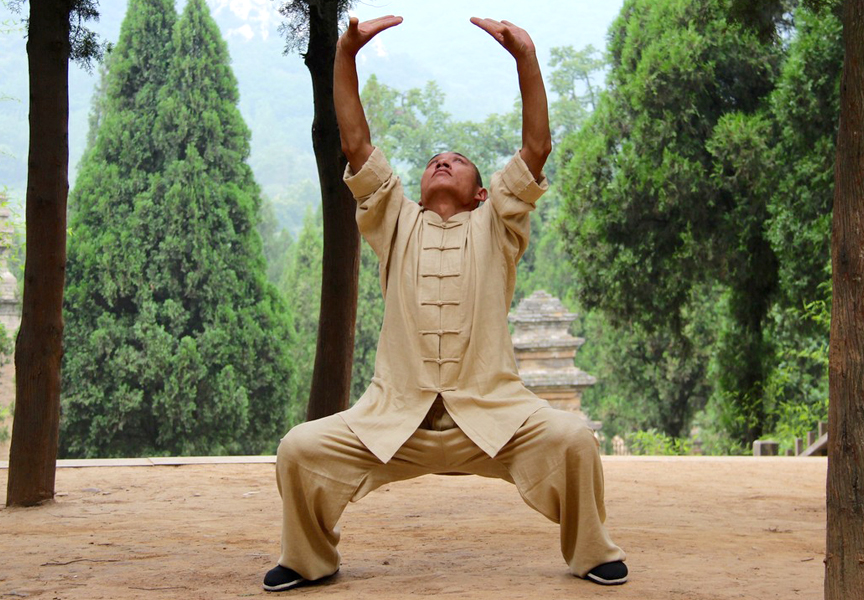Random Free Articles
- The Lethal Phoenix Eye Fist
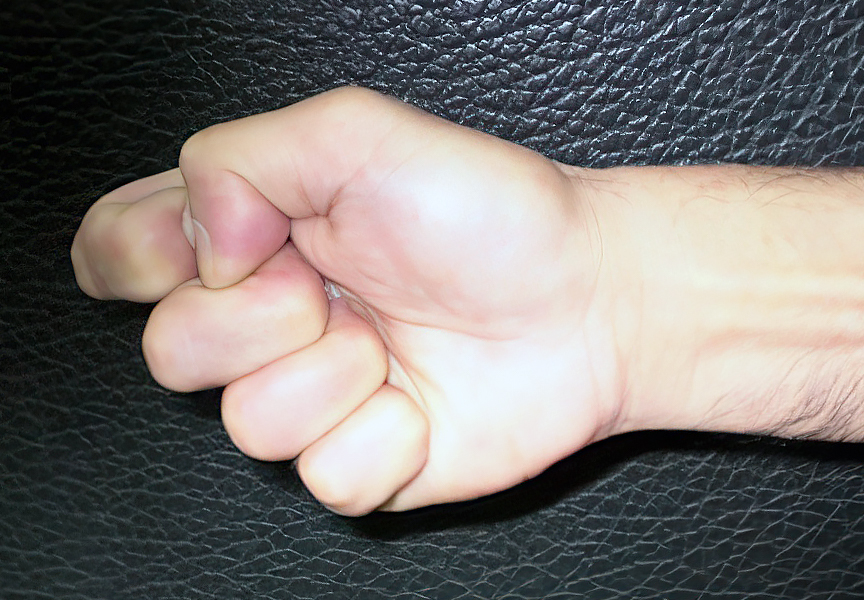
In the world of martial arts, where every move carries significance, there exists a technique that epitomizes precision and concentrated force: the Phoenix Eye Fist [Chin.: Fèng yǎn quán 凤眼拳]. Unlike conventional strikes that disperse energy across multiple points of contact, the Phoenix Eye Fist channels the entirety of its power into a singular focal point, amplifying the damage inflicted to unprecedented levels. Imagine the force…
- Exploring the Bafa of Shaolin Rou Quan
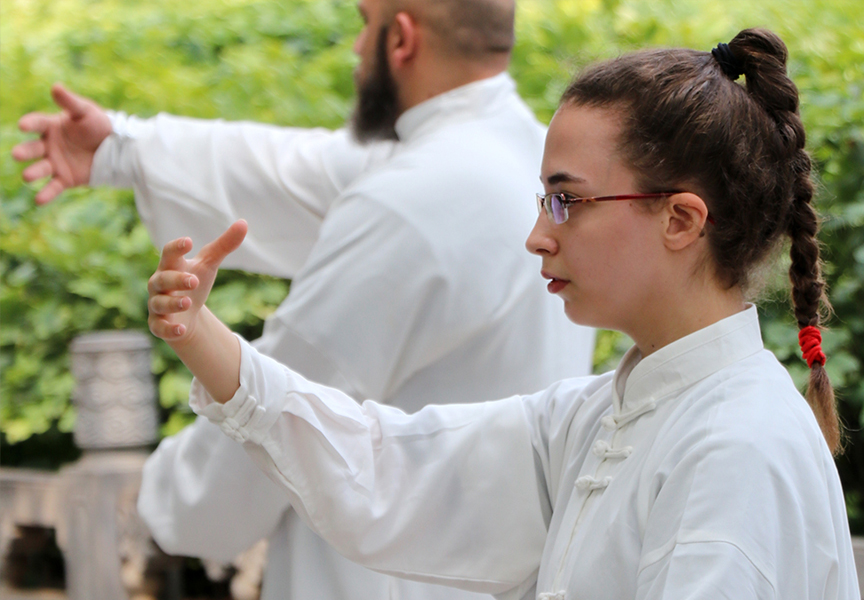
Shaolin Rou Quan [Chin.: Shàolín róu quán 少林柔拳], often simply referred to as Shaolin Rou Gong, is a martial art and a holistic exercise system that has been practiced for centuries. One of the key aspects that make Shaolin Rou Quan unique and effective is the incorporation of the "eight basic methods of practice." These methods, Peng, Lu, Ji, An, Cai, Lie, Zhou, and Kao, are fundamental to understanding and mastering this…
- The Horse Stance in Shaolin Kung Fu
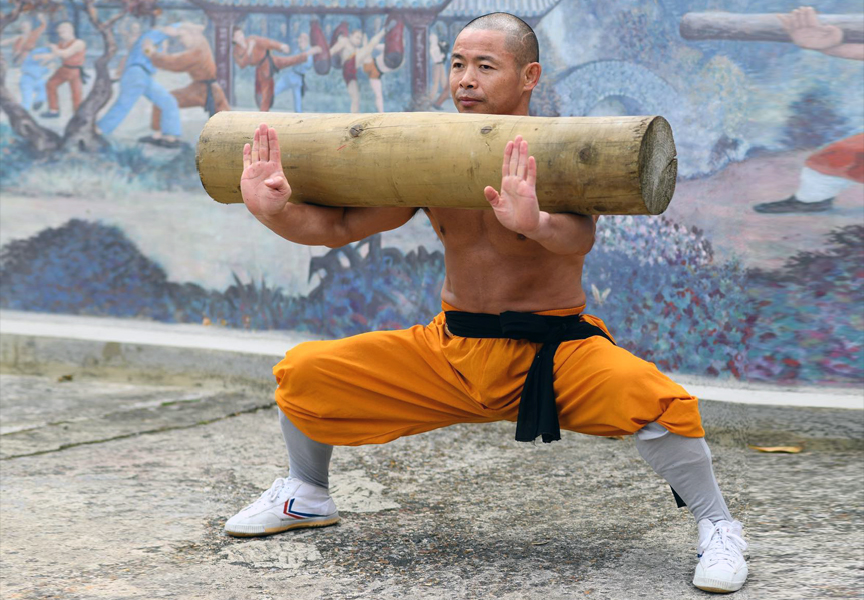
Shaolin Kung Fu, with its roots in ancient Chinese martial arts, is renowned for its diverse techniques and holistic approach to physical and mental well-being. At the heart of Shaolin training lies the Horse Stance, known as Mabu - [Chin.: mǎ bù 马步] in Chinese. This fundamental stance serves as the cornerstone of many martial arts disciplines, providing practitioners with a solid foundation for strength, balance, and internal energy…
- Every Competitor A Champion in Their Own Right
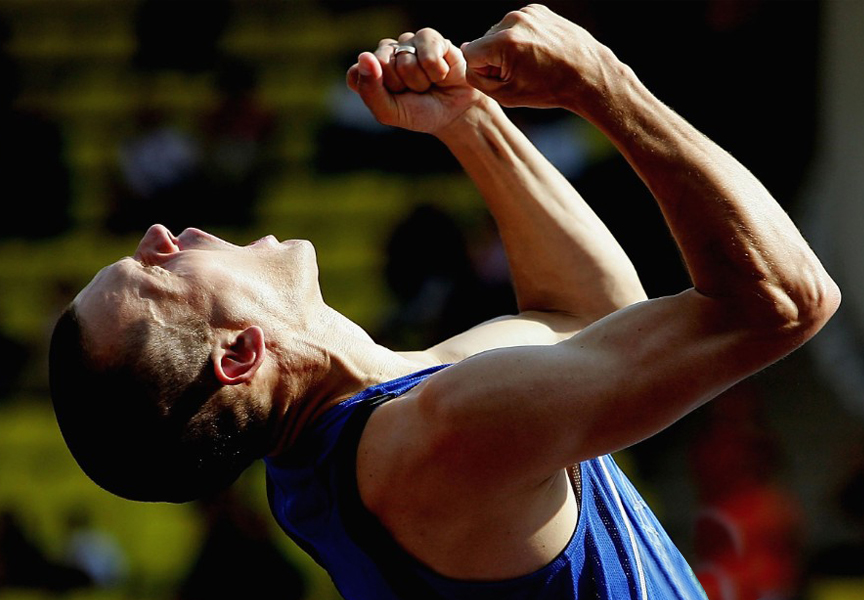
In the world of sports, competitions, and life in general, we often focus on the victors, the ones who stand atop the podium, wearing the gold, silver, and bronze medals. But let us not forget that a champion is not defined solely by their position – a champion is anyone who consistently gives their best every time they step onto the field, court, or any competitive arena. It's not just about finishing first, second, or third; it's…
- Ring is not the same with Street Fighting

The art of combat has been a part of human history for as long as we can remember. Whether in organized competitions or unstructured altercations, the dynamics of fighting have always fascinated us. However, it is crucial to understand that fighting in a ring is not the same as fighting in the streets. While both involve physical combat, the two settings have distinct differences that significantly affect the outcomes, consequences, and the…

